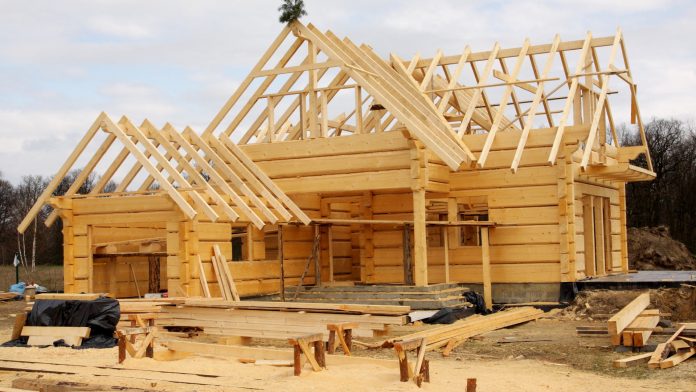Stocks ticked upward this morning, propelled by growing optimism about a possible soft landing for the US economy next year. Riding this wave, the Dow nudged slightly higher as both the S&P and the tech-heavy Nasdaq Composite experienced modest gains, with the latter climbing by 0.3%.
All three major indexes have achieved impressive year-to-date gains, especially the Nasdaq, which has soared by over 40%. This surge in the stock market comes as investors increasingly anticipate the Federal Reserve to halt its current tightening cycle. This expectation marks a significant shift in sentiment regarding the Fed’s fight against inflation.
As the year draws to a close, earlier concerns about pricing pressures and the adverse effects of interest rate hikes by the Fed have given way to discussions about potential rate cuts. Inflation has shown signs of cooling, and the job market has demonstrated unexpected resilience, with unemployment rates holding steady below 4%.
However, 2024 might bring its own unique set of challenges. The recession that was widely anticipated this year will probably still emerge. Fed Chair Jerome Powell has been cautious, indicating that the schedule for rate cuts is not fixed. If the economy rebounds strongly, leading to renewed inflationary pressures, we could see further rate hikes or postponements in rate reductions.
Chris Zaccarelli, Chief Investment Officer for Independent Advisor Alliance, said:
“Most of 2023 has been about the resilient consumer and the absent recession, but 2024 is likely to pivot more towards whether inflation can be reined back to target sustainably or if it remains persistent, possibly limiting the Fed’s scope for rate cuts.”
Amid a relatively calm morning session today, fresh data revealed that US home prices continued their uptrend for the ninth consecutive month, setting new records amid tight supply and competitive buying.
The S&P CoreLogic Case-Shiller data indicated a 0.6% rise in national home prices in October from September, a trend also reflected in the 20 largest US cities.
“US home prices accelerated at their fastest annual rate of the year in October… Broad-based home-price appreciation is evident across the country, with 19 of 20 cities showing steady gains,” remarked Brian Luke, head of commodities, real and digital assets at S&P Dow Jones Indices.
During this period, 30-year mortgage rates were inching towards 8%, sidelining many potential homebuyers. Current homeowners, benefitting from previously low borrowing costs, are hesitant to sell, contributing to a scarcity of listings and maintaining high prices for those determined to buy.
Year-over-year, the price increase in October was significant, registering a 4.8% jump compared to a 4% rise in September. Detroit led these gains, followed by San Diego and New York. Portland, Oregon, was the sole city among the top 20 to witness a decline in prices over the year.
Looking ahead, there may be some easing of these pressures. Mortgage rates have recently dipped below 7%, and further reductions are anticipated as the Fed scales back its anti-inflation measures. This could enhance buyers’ purchasing power and possibly motivate more owners to list their properties, potentially leading to a moderation in home prices.
In a related report by Redfin Corp., home price growth slowed for the third consecutive month in November. Prices edged up by 0.6% from October, marking the smallest monthly increase since June, and were up 6.4% year-over-year.
With rates falling and prices rising, does this mean the Fed is reinflating the “shelter bubble” again? That seems to be the case even if Powell & Co. didn’t intend to do so. The fact is that the Fed went very dovish at its last meeting, and the repercussions of that – though delayed – will eventually hit markets in a bad way as inflation drifts higher once more.







